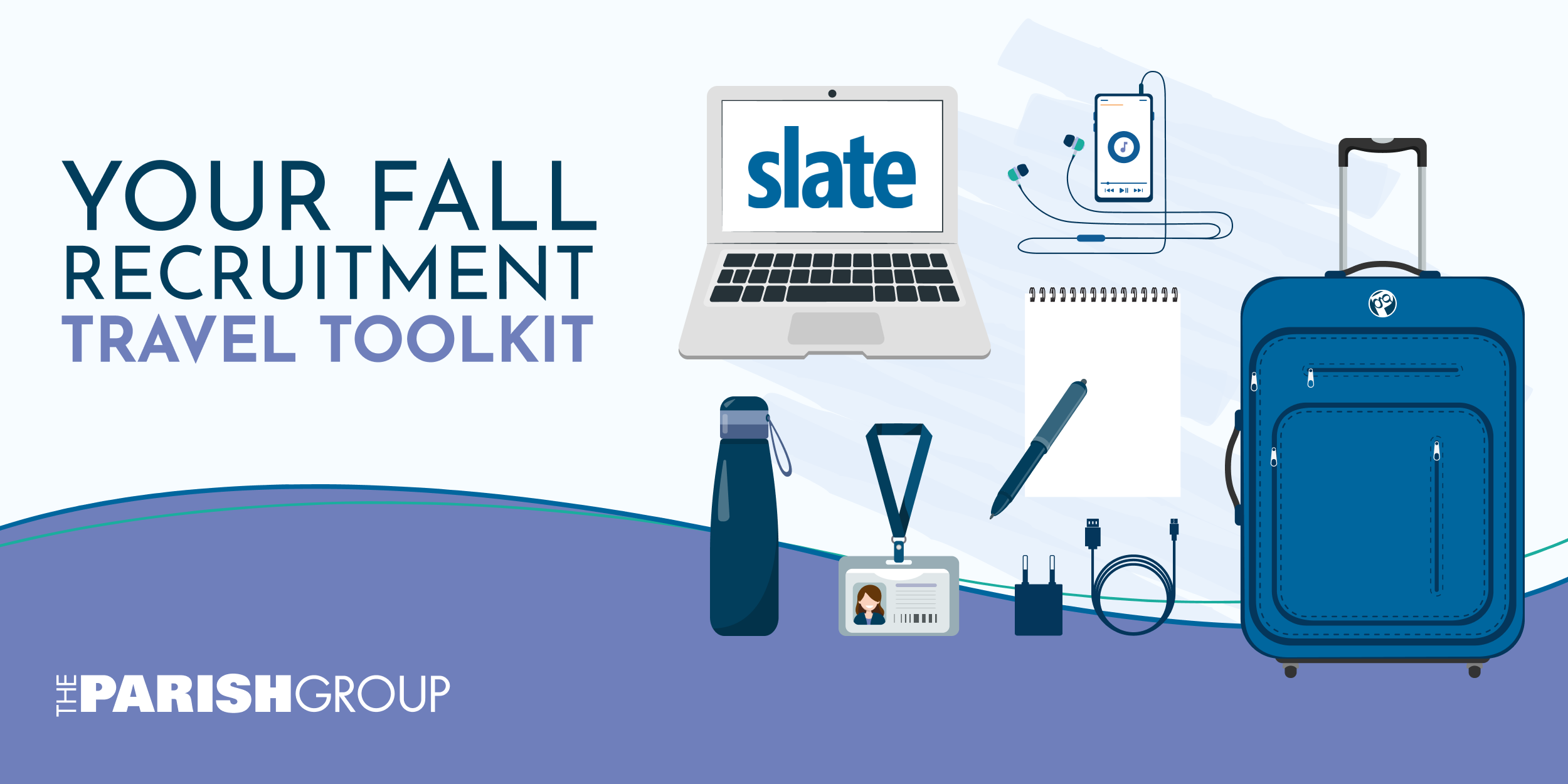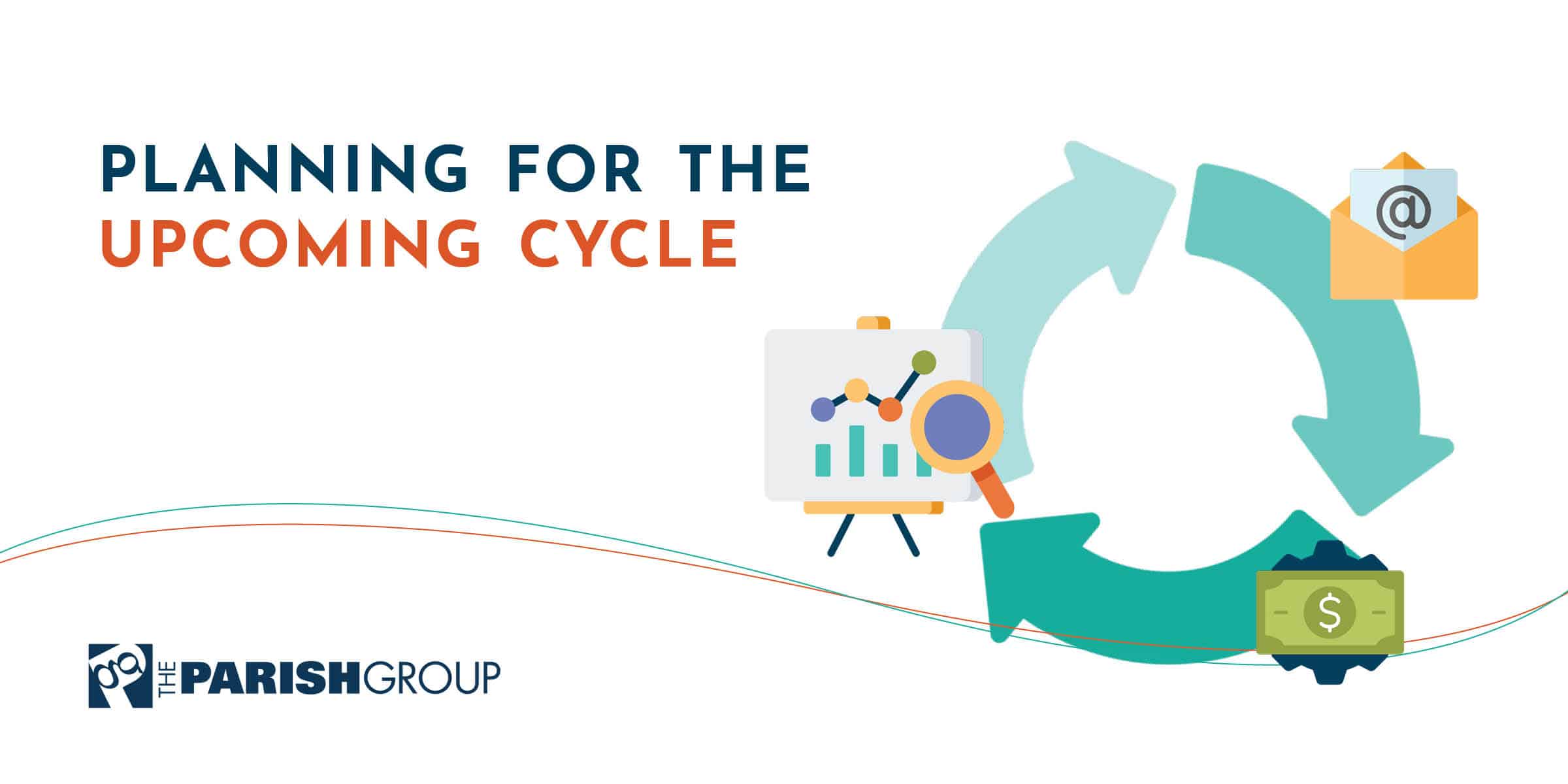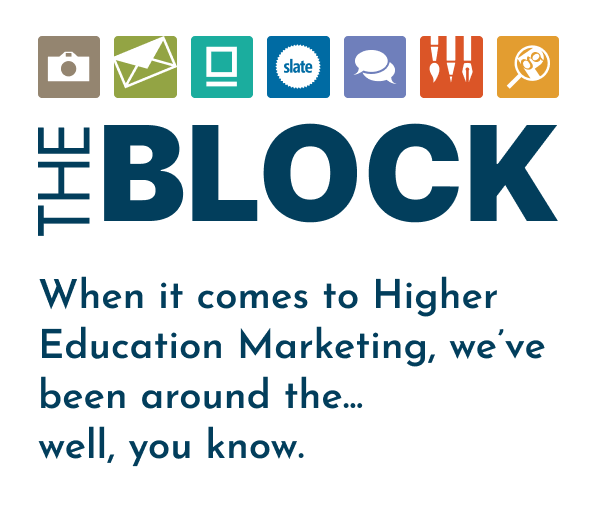
If you work in enrollment, you know that communication is the elemental structure for enrollment success. Developing the relationship between recruiter and prospect is how the enrollment bread gets buttered.
It’s like a courtship, in a way. The institution gets to know the student a little better, the student learns more about the institution.
Enrollment managers even meet students’ parents and help them feel more comfortable. Ultimately, enrollment grows symbiotically to this relationship.
This back and forth dance fosters value for students and families that they are making the right choice for the future. There’s a certain level of trust cultivated between the parties— with the EM nudging the student in the right direction towards a mutually favorable outcome.
Technology has helped enrollment teams maximize this courtship through the use of CRM technology, particularly for campuses using Slate.
With this in mind, why is it that countless institutions switch communication gears so abruptly when a student finally arrives on campus?
Why the Change in Tone?
Yes, student success is an institution in its own right on a college campus. Yet there is too often a harsh shift between the way a student is approached as a prospect versus the communication they receive as a current, enrolled student.
The tone, once warm and helpful, morphs to rote and transactional. The we want you here feeling pervasive in recruitment language is ousted with process-oriented language— do [X] or you won’t get [Y].
This can make the student feel more so like a number in a little black book. While we avoid the outright walk of shame, don’t these enrolled students deserve the same personal engagement received during recruitment?
Campuses that do maintain a high level of personalized communication with student success in mind frequently do so with an entirely different set of tools (in this case, software). Meanwhile, they’re disconnected from the robust and telling behavioral data utilized in the recruitment dance already housed in Slate.
Why do we insist on maintaining these divides when we’ve already invested in the tool that can do both?
The Capabilities of Slate as a Student Success Tool
Five years ago, Slate had an it wasn’t designed for that, but there’s no reason you can’t do it stance on student success and communication.
Now, the platform has launched an entire Student Success module with an implementation roadmap for caseload management, early alerts, advising scheduling, current student portals, and more.
All this is scaffolded by the unrivaled communication structure available to an institution within their instance.
With these tools readily accessible, it just makes sense to connect the dots between interaction data collected from prospects (as early as highschool freshman) to the actions and behaviors of real-time students.
Final Thoughts
It’s imperative that we carry over that relationship-focused tone of recruitment communications throughout the student life cycle.
While authors and calls to action may change, when the process interconnects and lives under one roof, institutional communications can continue to hold that same engaged, relational, and (re)recruitment-oriented tone.
You know, the one that sealed the deal in the first place.
If you’re interested in learning more about utilizing Slate for student success beyond initial enrollment, reach out to us at success@parishgroup.com or call our office at 828-505-3000.









